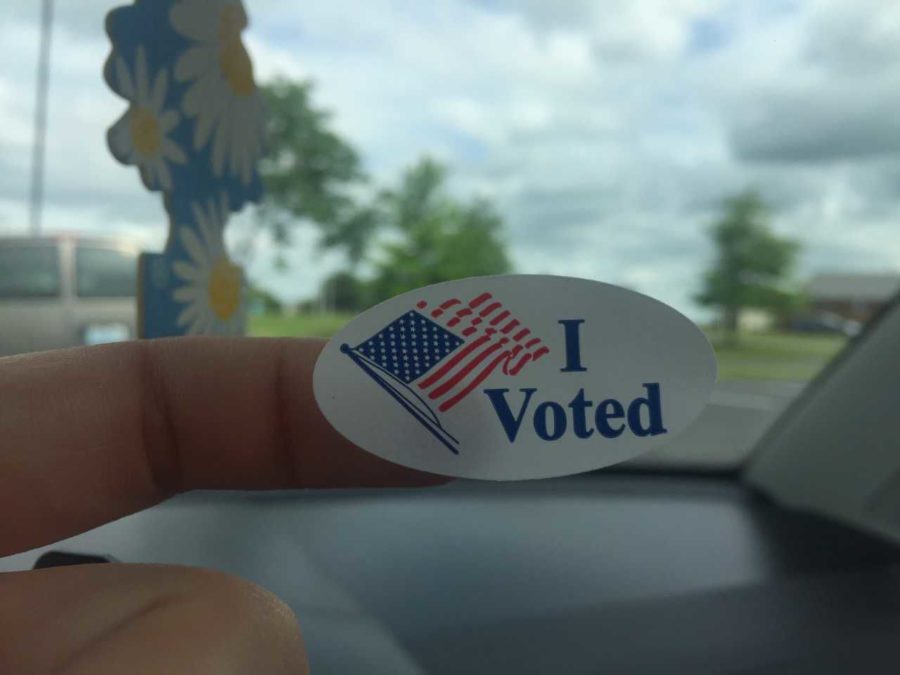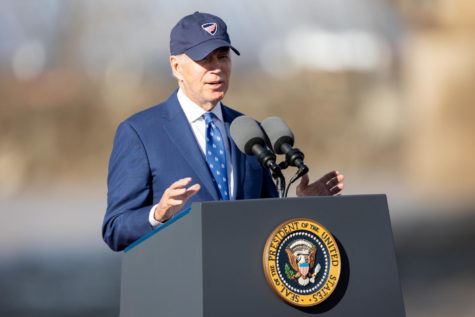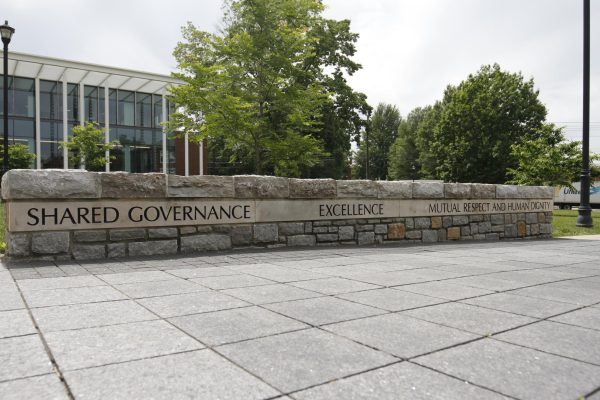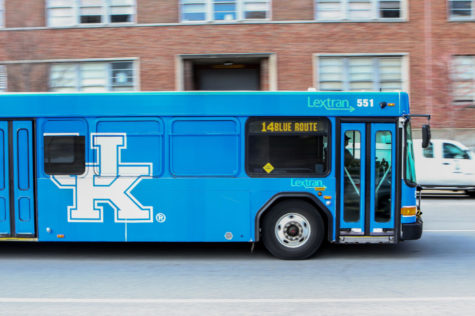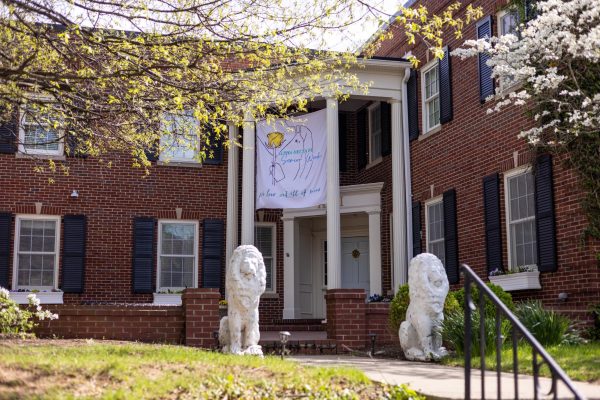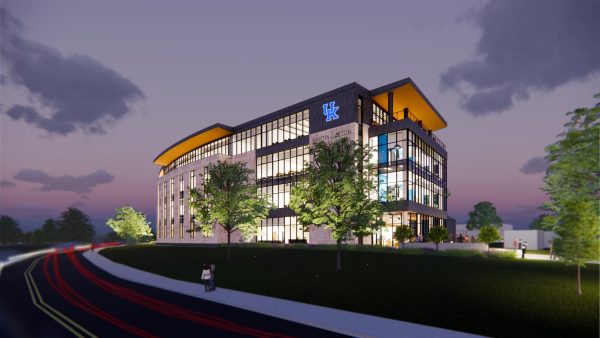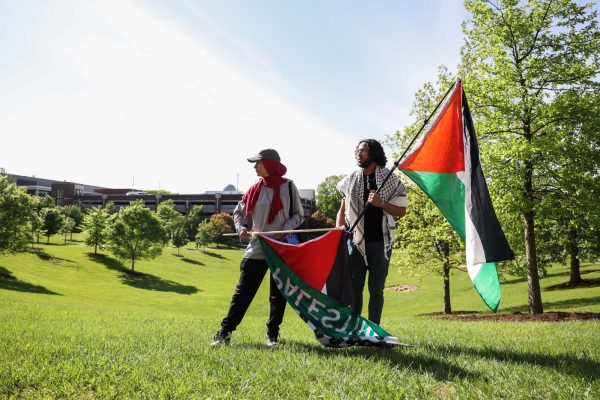Young voter turnout rate is taken into consideration as elections push on
May 23, 2018
In previous years, younger generation participation has been relatively low for primary elections in Kentucky. But why?
Tuesday’s primary election in Kentucky wrapped up at 6 p.m. In Lexington, the seven-way mayoral race was narrowed down to two candidates, Linda Gorton and Ronnie Bastin. Amy McGrath won the Democratic primary to compete for a U.S. House seat.
As these candidates push on, one must consider the voter turnout for younger generations in previous primary elections.
According to the Common Wealth of Kentucky’s State Board of Elections, in 2016’s primary election, the statewide turnout rate for ages 17-24 in Kentucky was 13.7 percent. Ages 25-34 saw a turnout rate of 12.4 percent.
“I think [these numbers] are horribly low,” UK’s Associate Professor of Law Joshua Douglas said. “I think we should not accept any elections with even less than 50 percent turnout. It’s, to me, not a symbol of a strong democracy.”
Young voters believe these numbers are a result of a multitude of factors.
“I think that some people don’t really look into politics until the general elections come around,” 20-year-old voter Molly Felty said. “The people in the age groups 18-24 tend to be establishing themselves by taking classes, getting jobs or buying houses and voting isn’t seen as a priority when other things are going on.”
In 2016, Douglas wrote an essay for the University of Pennsylvania Law Review Online titled “In Defense of Lowering the Voting Age.” His essay argued that lowering the voting age to 16 may increase younger generations’ participation in not only general elections, but primary elections as well.
“I think 18 is a very hard time to start the habit of voting,” Douglas said. “You’re moving out of your parents’ home, you’re entering the workforce or college, and at the same time we expect you to get on the registration rolls. If you’re still voting where you grew up, you have to jump through the hurtles of getting an absentee ballot.”
The essay highlighted cities, such as Takoma Park, Maryland that have potential to experience higher turnout rates with a lowered voting age.
“Jurisdictions that lower the voting age can experience increased voter turnout,” he wrote in his essay. “For example, in the November 2013 municipal election in Takoma Park, Maryland—an election with ‘no state or national offices on the ballot and no competitive local races’–the turnout rate among newly eligible and registered sixteen- and seventeen-year-olds was 44%, while the overall turnout rate was 11%.”
Twenty-year-old Eliza Gray is among those who did not to vote Tuesday.
“I just didn’t feel informed enough about the candidates,” Gray said. “I didn’t want to just go vote for the sake of voting without knowing anything about the candidates.”
Douglas also suggested ways candidates could better reach out to younger generations so that younger citizens, such as Gray, feel more confident in their vote in primary elections.
“Candidates should directly reach out to younger voters,” Douglas said. “They should explain why it is important for them to vote. Youths are often ignored by candidates because they’re not reliable voters, so candidates are going to spend their time on older populations that have higher turnout.”
The general elections will take place in November of 2018.









































































































































